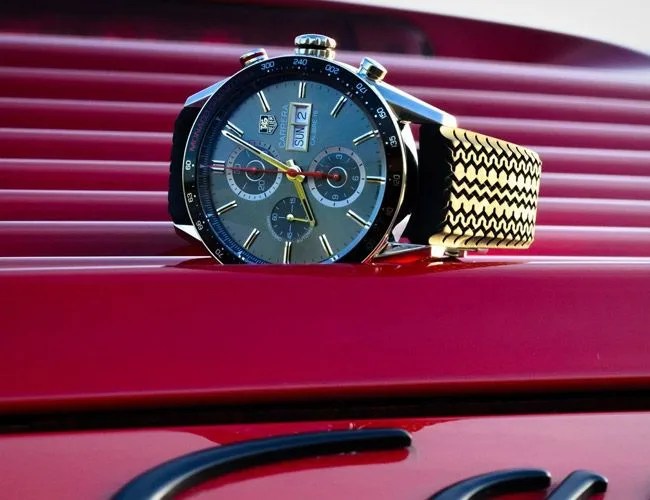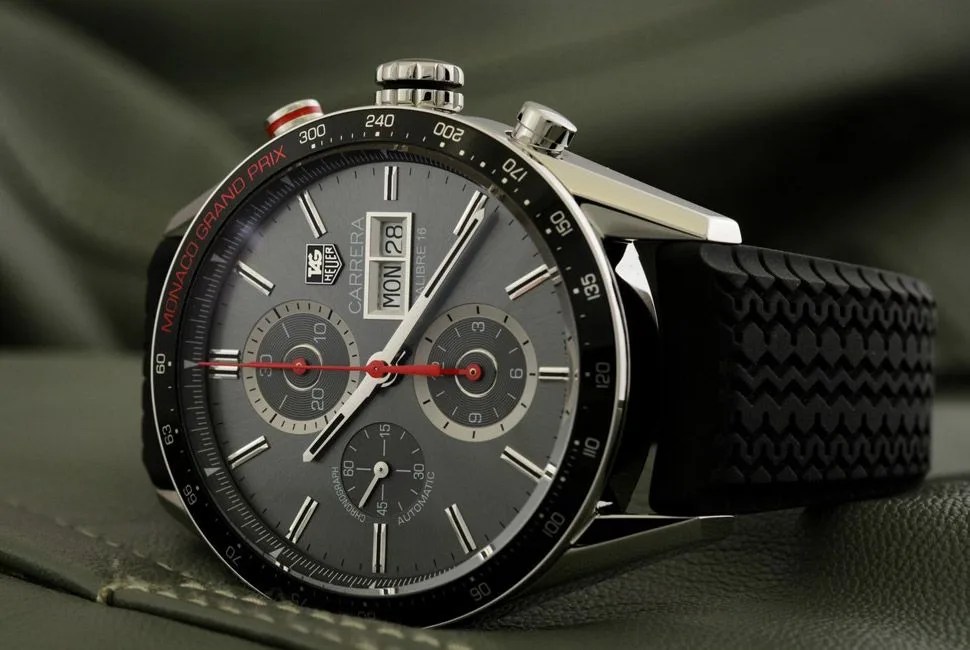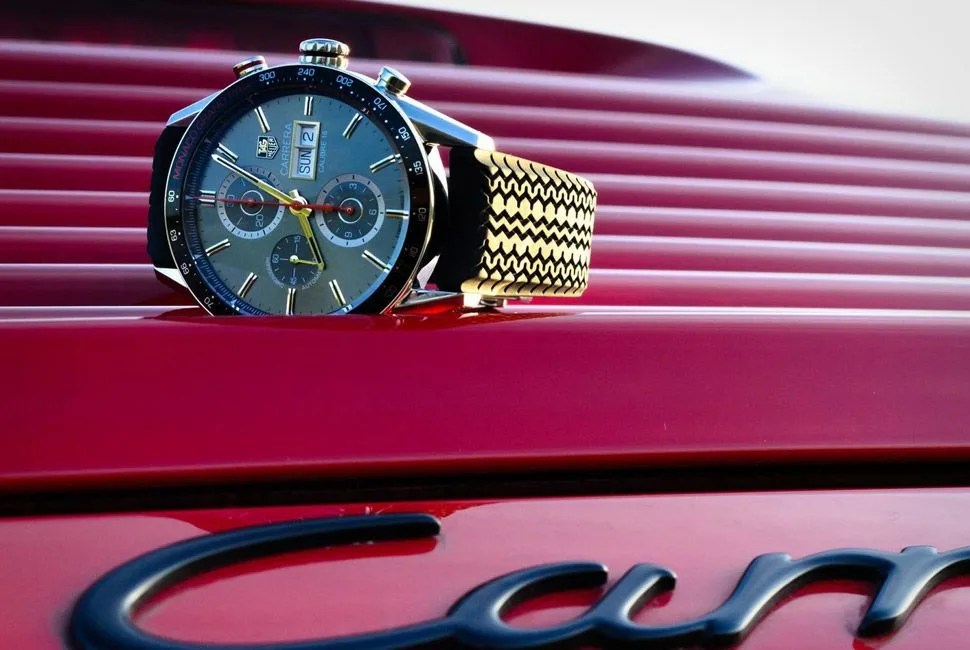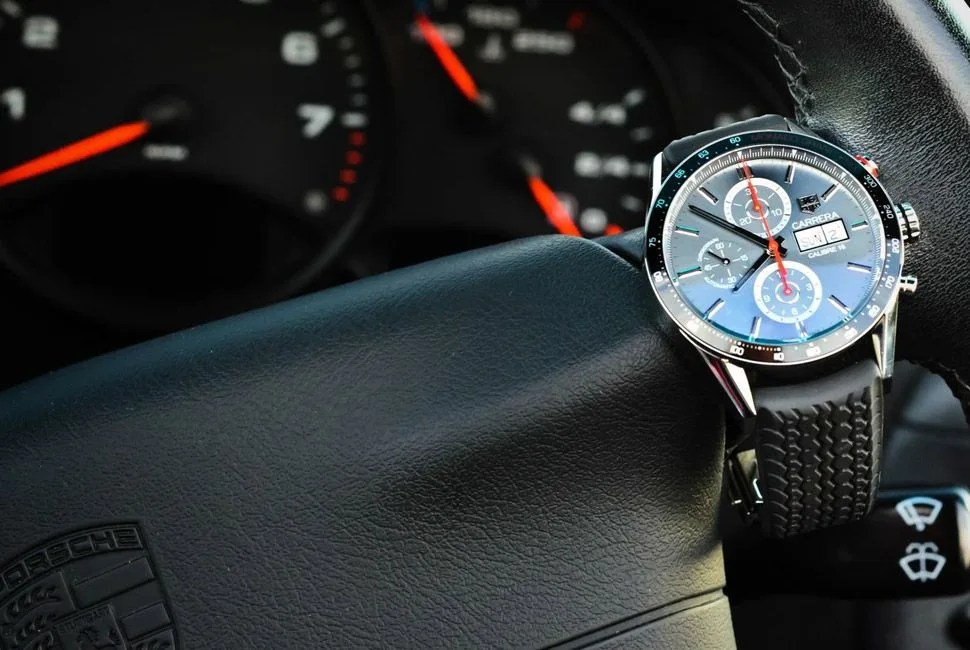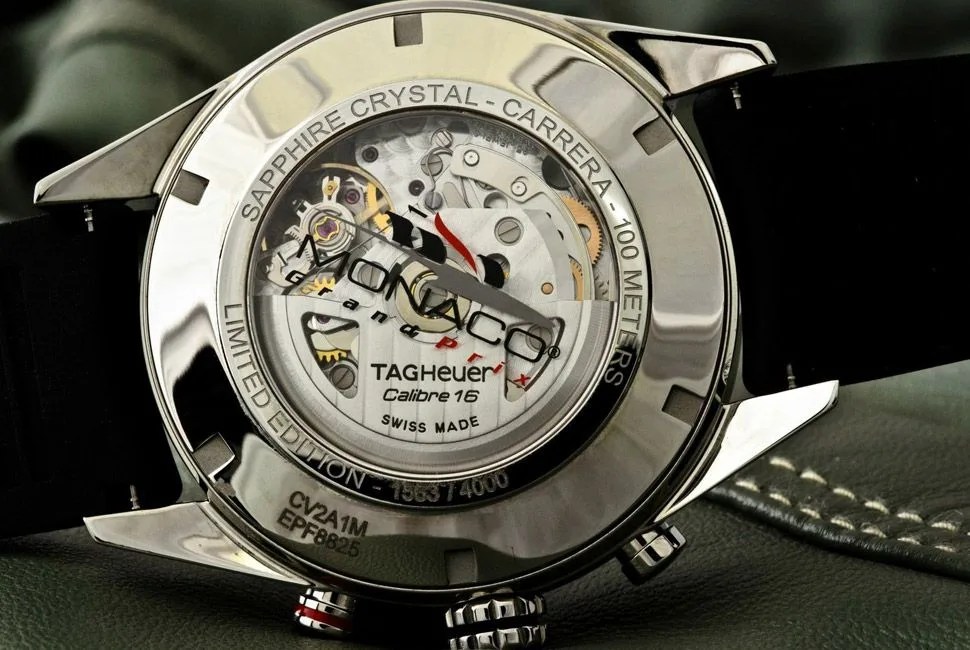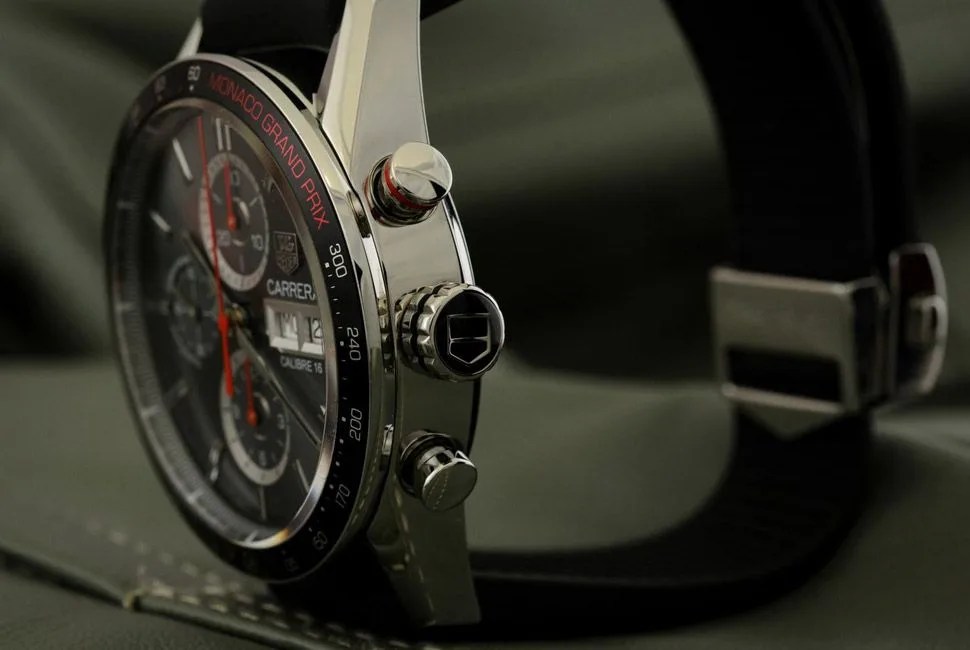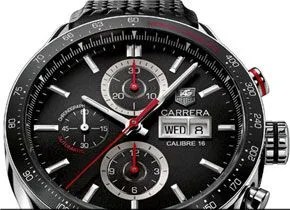6 photos
When Techniques d’Avant Garde acquired Heuer in 1985, the Swiss watch industry was in a sorry state. Nobody wanted mechanical watches, much less the antiquated chronographs that had made Heuer famous. Battery-powered quartz watches, whether those from Japan or the plastic fashion sensations from upstart Swatch, were on everybody’s wrists. So the new TAG Heuer decided to focus its efforts on what it knew would sell: fashionable quartz sports watches, completely dropping the venerable Carrera name, that symbol of the brand’s 1960s chronograph heritage, from the lineup. In retrospect, the strategy was a success. By the early 1990s, TAG Heuer became a household name, with many successful college grads buying one as a first “nice watch”. But then came the revival of the mechanical timepiece.
KILL SOME MORE TIME Caring for a Mechanical Watch | Linde Werdelin Oktopus II Yellow | Want This, Get This: IWC Pilot Chronograph or Alpina Startimer Chronograph | 5 Best Watch Winders
When TAG re-launched the Carrera in the mid-1990s with some faithful homages, it was a return to the company’s roots, though many diehard Heuer fans continued to resent the deal with the quartz devil that TAG had made (despite the fact that it may have saved the company). In subsequent years Jack Heuer himself came back to the company, the old watch names kept returning — the Monaco, the Monza, the Silverstone — and TAG Heuer regained respect from the cognoscenti.
And now, here we are in 2013, with the triumphant 50th anniversary of the Carrera name. The limited edition Carrera Monaco Grand Prix ($5,600 on rubber) is one example of the new breed of TAG Heuer Carrera, a chronograph that looks back on its first half-century but is more than ready to face the next one.
Before we begin: the timepiece’s name is a bit confusing, combining two namesakes of TAG Heuer’s most famous references, the Carrera and the Monaco. The watch’s title is actually a tribute to the famous Formula 1 race in the spectacular Mediterranean city-state; TAG Heuer’s history with motorsports is well known (its watches were worn by such racing greats as Jo Siffert, Niki Lauda and Ayrton Senna) and the brand trades on this history liberally. Why TAG didn’t use its iconic square racing watch, the Monaco, as a basis for this tribute piece is a mystery, but the Carrera is a fine timepiece in its own right.
TICK LIST
